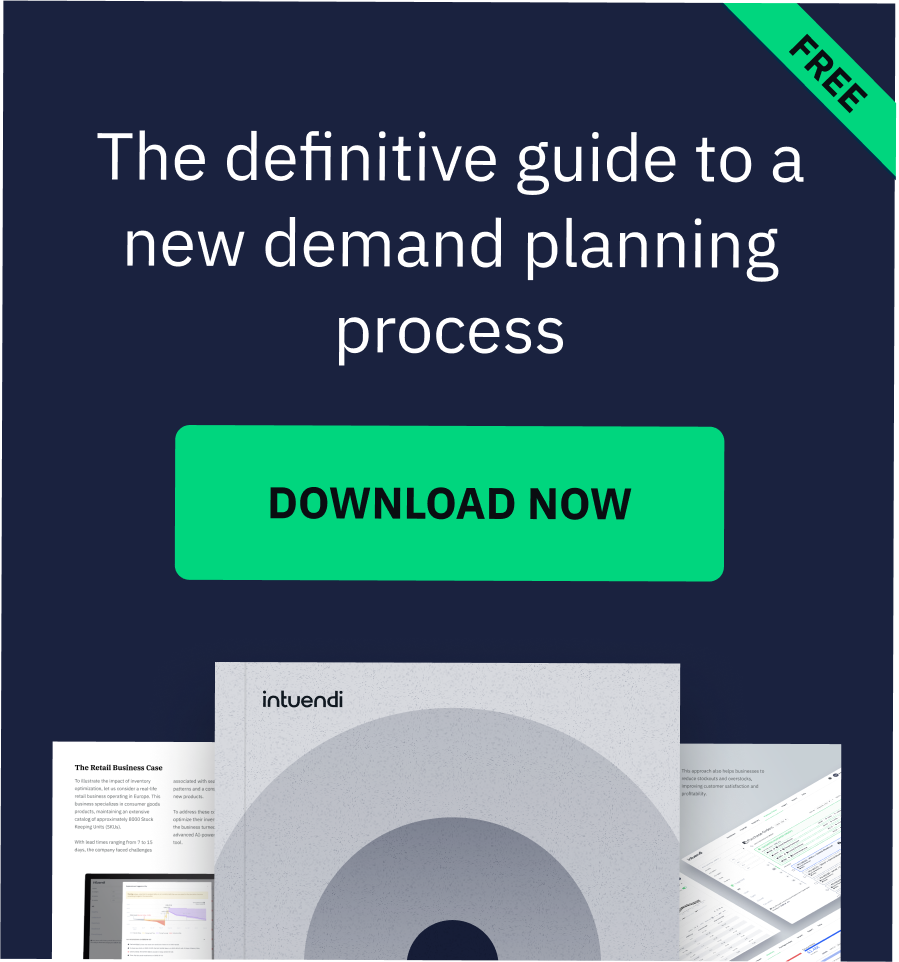If you’re an online retailer, then you know that Shopify E-commerce an influential position in the online e-commerce landscape. For retailers that want to succeed with their Shopify store, just listing your products on the site is not enough. You need to be proactive and up to date with the ever-evolving trends and requirements.
With so many customers flocking to the internet for their requirements however this makes it very competitive for retailers. Therefore, you need to make sure your products, brand and your Shopify store stay one step ahead of competitors’.
Optimize Your Search Terms and Listings
When writing your product listings, put yourself in the mind of the consumer. What are they looking for, and how are they going to search for it? Once you have a better idea of how your customers are finding you, you can optimise your search terms and listings to match their search preferences.
Keep the following tips in mind:
- Use single words instead of phrases.
Longer phrases mean that consumers would have to search for that exact phrase to find your product. - Don’t repeat words from your product title, as Google already factors those into search results.
- Research. Search for a similar product and see what listings come up high in the rankings. Find words you may not be using already.
- Experiment! Finding the most effective search terms takes time and testing.
- Only use terms that describe your specific product.
Once they find you and your products what is next? That is where Intuendi Inventory Optimisation steps in. Do you know what the most profitable balance is among customer service levels, budgets, and inventory cost? Do you know how much inventory to hold where and over which time-period? Intuendi Inventory Optimisation considers the demand, supply, constraints, and variability in your extended supply chain to optimise your inventory investment decisions. It enables you to provide higher service levels to your customers at significantly lower cost!






